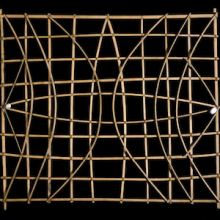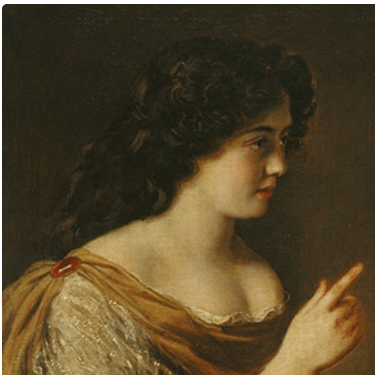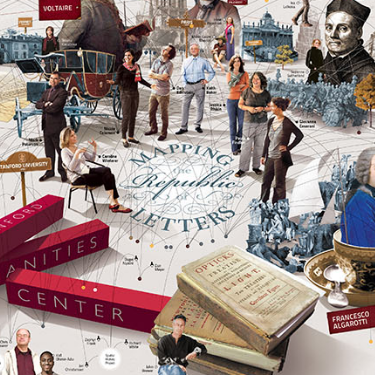Browse
Travel

Teaching
Short Teaching Module: History of the Pacific Ocean
Scholars of Pacific history explore how people build lives dependent on the ocean, how maritime connections create communities, and how humans and the environment shape each other.

Teaching
Short Teaching Module: Using Ships as Guides for Transnational Adventures through World History
Ships travel across oceans and in doing so connect people in disparate places across the globe. In this essay, Brandon Tachco explains how a focus on ships as a theme can add much to the study of world history.
Review
Discovery and Exploration
The maps in the collection depict many geographical points of view, including the entire globe, specific areas of focus such as America itself, or even of specific coastlines.
Review
ORBIS: The Stanford Geospatial Network Model of the Roman World
This is a useful tool for educators to model how the Roman empire operated, as well as what those operations may have looked like in practice.Review
History21
The most meaningful goal of this site is its emphasis on epistemology, and students learning how to think historically.
Review
The Letters of Marie Mancini
The site’s great strengths currently lie in its annotated translations and ease of use, with the team having obviously given some thought to how users might want to explore these letters.
Source
Buddhist Records Of The Western World
Xuanzang ( or Hiuen Tsiang) was a Chinese monk ( 602-664) who went to India to study Buddhism.

Review
Mapping the Republic of Letters
Browsing the site, users are able to gain a deeper appreciation for how data visualisation can help academics examine previously well-known and well-utilised primary sources in new, innovative ways.
Review
Victoria and Albert Museum
The video series How Was it Made? demonstrates a variety of craft methods: Japanese hikihaku obi, medieval stained glass windows, and book printing and binding.
Review